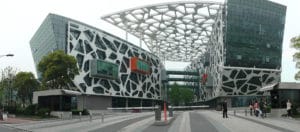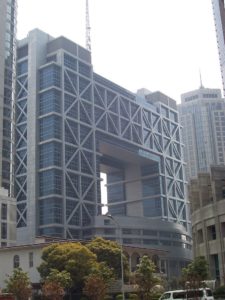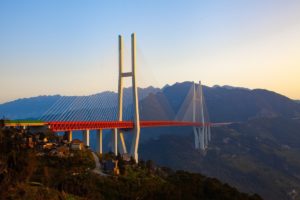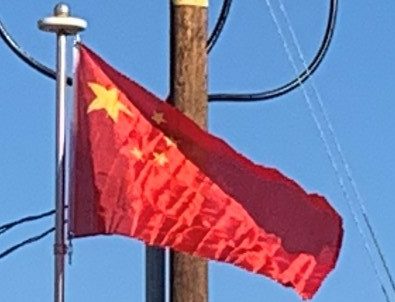
China has been the world’s #1 manufacturer since 2010, after overtaking the US, which had been #1 for the previous hundred years. China has also been #2 in high-tech manufacturing since 2012, according to US National Science Foundation. China is the second largest retail market in the world, next to the United States. China leads the world in e-commerce, accounting for 40% of the global market share. China is the leader in electric vehicles, manufacturing and buying half of all the plug-in electric cars (BEV and PHEV) in the world in 2018. China had 174 GW of installed solar capacity by the end of 2018, which amounts to more than 40% of the global capacity.

China’s development is highly uneven. Its major cities and coastal areas are far more prosperous compared to rural and interior regions. China brought more people out of extreme poverty than any other country in history—between 1978 and 2018, China reduced extreme poverty by 800 million. China reduced the extreme poverty rate—per international standard, it refers to an income of less than $1.90/day—from 88% in 1981 to 1.85% by 2013. According to the World Bank, the number of Chinese in extreme poverty fell from 756 million to 25 million between 1990 and 2013. China’s own national poverty standards are higher and thus the national poverty rates were 3.1% in 2017 and 1% in 2018.
Transportation:
Since the late 1990s, China’s national road network has been significantly expanded through the creation of a network of national highways and expressways.

In 2018, China’s highways had reached a total length of 142,500 km (88,500 mi), making it the longest highway system in the world; and China’s railways reached a total length of 127,000 km by 2017. By the end of 2018, China’s high-speed railway network reached a length of 29,000 km, representing more than 60% of the world’s total. In 1991, there were only six bridges across the main stretch of the Yangtze River, which bisects the country into northern and southern halves. By October 2014, there were 81 such bridges and tunnels.

China has the world’s largest market for automobiles, having surpassed the United States in both auto sales and production. Sales of passenger cars in 2016 exceeded 24 million. In urban areas, bicycles remain a common mode of transport, despite the increasing prevalence of automobiles – as of 2012, there are approximately 470 million bicycles in China.
China’s railways, which are state-owned, are among the busiest in the world, handling a quarter of the world’s rail traffic volume on only 6 percent of the world’s tracks in 2006, as of 2017, the country had 127,000 km (78,914 mi) of railways, the second longest network in the world. The railways strain to meet enormous demand particularly during the Chinese New Year holiday, when the world’s largest annual human migration takes place. In 2013, Chinese railways delivered 2.106 billion passenger trips, generating 1,059.56 billion passenger-kilometers and carried 3.967 billion tons of freight, generating 2,917.4 billion cargo tons-kilometers.
